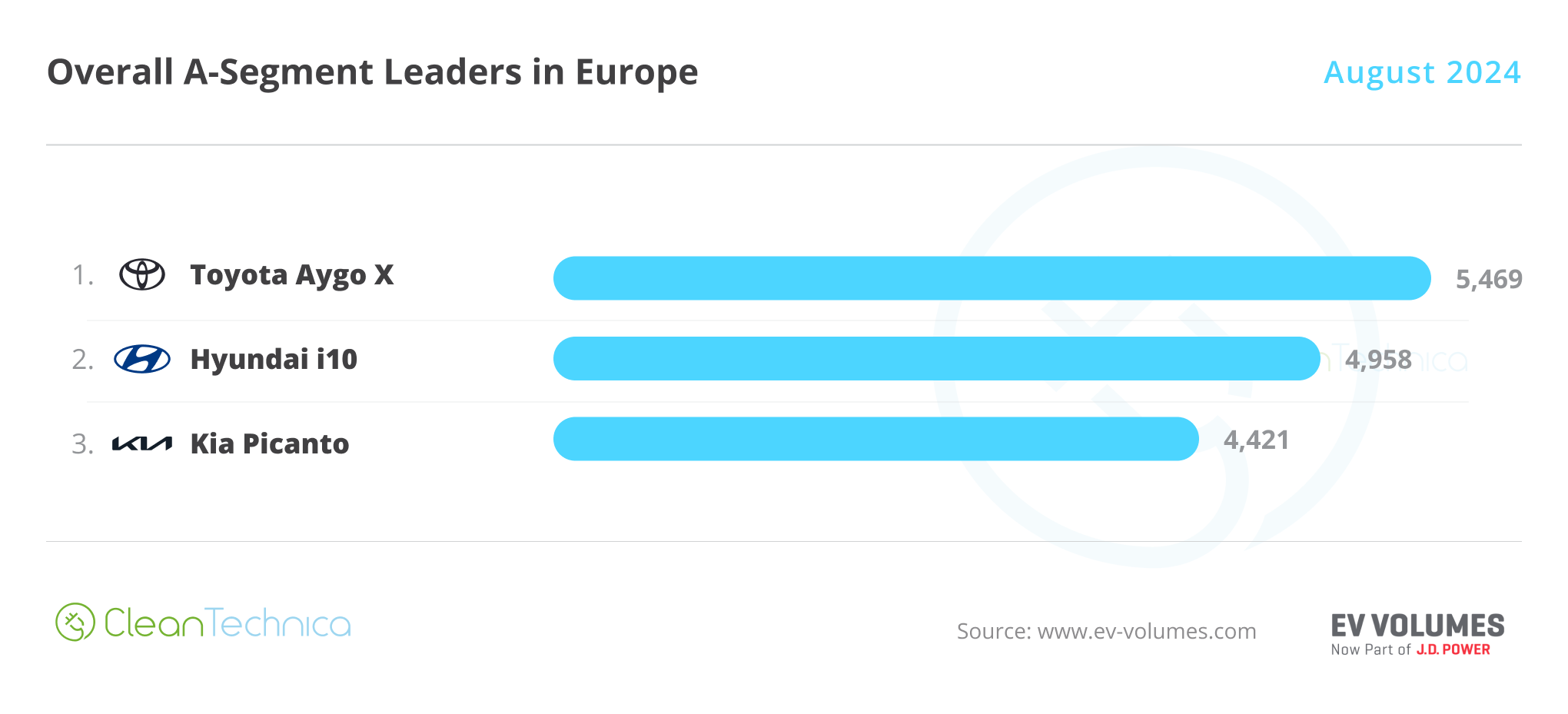Sign up for daily news updates from CleanTechnica on email. Or follow us on Google News!
There is a small but very vocal group of people in America who reject the notion that the only good truck is one that is 20 feet long, weighs 7000 pounds, can haul a ton of cargo, pull a 15,000-pound trailer, and has a good old fashioned turbodiesel engine under the hood. In fact, they prefer kei trucks manufactured in Japan. If you are not familiar with them, here is some background, thanks to Wikipedia.
It says a kei truck is a mini pickup truck built to satisfy the Japanese keijidōsha (“light vehicle”) class of vehicles that are legally limited to being no more than 3.4 m (11.2 ft) long, 1.48 m (4.9 ft) wide, and 2.0 m (6.7 ft) high. Engine size is limited to no more than 660 cc and top speed is usually around 75 mph. They are produced by a wide range of Japanese automakers and are available in rear-wheel or four-wheel drive versions. First introduced in Japan in 1949, they evolved from earlier 3-wheeled trucks based on motorcycles that were popular in Japan before World War II.
Kei Trucks Are Only Small On The Outside
Here’s an interesting statistic. Despite their diminutive size, their load bed is comparable to that of crew cab versions of much larger vehicles such as the Ford F-150. They typically have a load capacity of 350 kg (770 lb). Many have fold-down sides to make loading and unloading easier. Small pickup trucks in other countries have a similar feature, especially in Australia where they are known generically as utes, short for utility vehicles. In fact, if utility is the primary consideration, kei trucks pretty much wrote the book. They are used throughout Asia in agriculture, fisheries, construction, and even as fire trucks.
Because of a quirk in Japanese law designed to promote the domestic auto industry, many vehicles are declared to be surplus after a relatively short life. This has created a robust export market for used kei trucks, which are typically in excellent condition with low mileage. They are built with a strong, full box-frame design with fully enclosed cabs, seat belts, windshield wipers, AM radios, heaters, lights and signals, and catalytic converters, and are claimed to have a fuel efficiency of 40 mpg. Dump and scissor-lift beds are available, as are van bodies.
Since they are street legal in their home market and most of the world, kei trucks generally have the standard equipment required for US roadways such as seat belts, approved lighting (headlamps, taillights, reverse and brake lights, turn signals), horn, and US-standard AS1/AS2 safety glass. They have become widely popular in the US because they are durable, capable, and affordable. They are used for landscape and property maintenance, delivery vehicles, agricultural uses, golf courses, construction sites, small business transportation and advertisement, and private recreational and homeowner use. Fire departments, ambulance companies, and even some police agencies have incorporated kei trucks into their fleets due to the extreme versatility, durability, and low cost compared to other utility-type vehicles.
Registering Kei Trucks In The US
While it may be legal to import used kei trucks, state motor vehicle departments have the final say on whether they can be registered for use on public roads. Recently, Massachusetts stopped permitting kei trucks to be registered, which caused fans of kei trucks to organize to get the ban reversed. According to Autoplan, that effort has now succeeded and owners of kei trucks are once again able to register their vehicles in the Bay State.
The problem seems to have first arisen after a report by the Association of Motor Vehicle Administrators in 2011 raised concerns about the safety and emissions compliance of kei trucks. According to LLCTLC, the influx of mini trucks from Japan and China in the 2000s prompted a series of meetings aimed at standardizing registration laws. The Insurance Institute for Highway Safety weighed in, labeling these vehicles as unsafe. Following this, the AAMVA published a “Best Practice” document concerning the registration and titling of mini-trucks, marking them as substandard in safety and emissions, which swayed many states towards implementing bans.
Last year, Maine banned kei trucks, and Rhode Island, Georgia, New York, and Pennsylvania quickly followed suit. The solution, according to LLCTLC, is to form an LLC in Montana, where kei trucks are legal, and register your tiny truck in that state using your LLC as the registered owner. That may work in some instances, but it could invite lengthy conversations with local police officers at times and places that are inconvenient for drivers.
Kei trucks were also outlawed in Texas recently, until advocates got that state to accept them. Using many of the same tactics, advocates in Massachusetts approached their elected representatives to educate them about the benefits of the diminutive trucks. In a press release, the Massachusetts DMV said this week it “has completed its preliminary assessment of industry standards related to Kei trucks, cars and vans (Kei Vehicles). At this time, owners of Kei Vehicles will be able to register these vehicles effective September 18, 2024. Kei Vehicles that are already registered may continue their existing registration and renewals, without interruption.”
“The RMV intends to register Kei Vehicles while continuing to review safety implications of Kei Vehicles on the public roadways. Plans for conducting a formal study of this subject matter are under development and will be announced once complete. Newly registered Kei Vehicles may receive a passenger or commercial plate, depending on their intended use. Owners who wish to register and title their Kei Vehicles may do so by visiting their local RMV Service Center.”
The Takeaway
What can we learn from all this tumult over kei trucks? Simply this. There are an significant number of Americans who do not want or need ground-pounding behemoths. We always have to stop here and acknowledge that there are plenty of folks who do. Some people haul horse trailers or construction equipment. Some carry sheetrock and 2X4s every day. But there are plenty of others who need vehicles that are cheap and rugged enough to handle daily tasks in places where a large truck is a hindrance.
It isn’t much of a stretch to see that there are also plenty of folks who don’t want to spend $50,000+ for a “luxury” land yacht when an inexpensive sedan or station wagon would do just fine. The world’s automakers are obsessed with big, heavy, expensive vehicles that sell for big profits, but focusing exclusively on those vehicles ignores the wants and needs of a significant number of new car buyers.
There are national policy implications here as well. Is America best served by a 100% tariff on Chinese-made electric cars? Is there not a sizable slice of the population that might be happy to buy a decent, well-made car that costs $15,000 to $20,000? In other words, is the kei truck movement a plea by some in the US to have their needs taken seriously? Unless we are all going to switch over to robotaxis soon, private car ownership will remain the norm in the US. Cars today are just too damn expensive. That’s the bottom line.
Image by Tokumeigakarinoaoshima – Own work, CC BY-SA 4.0
Hat tip to Dan Allard.
Have a tip for CleanTechnica? Want to advertise? Want to suggest a guest for our CleanTech Talk podcast? Contact us here.
Latest CleanTechnica.TV Videos
CleanTechnica uses affiliate links. See our policy here.
CleanTechnica’s Comment Policy





